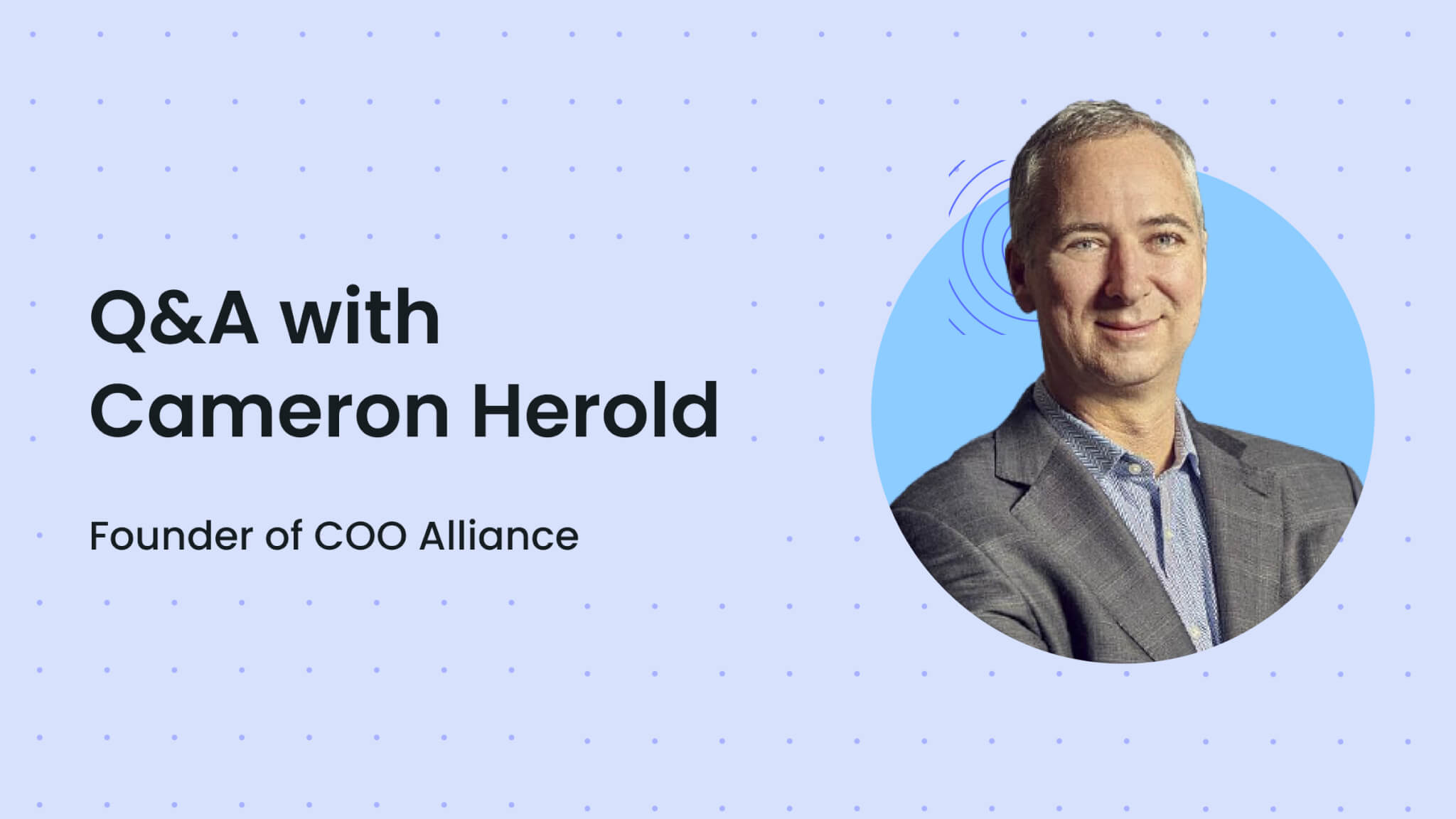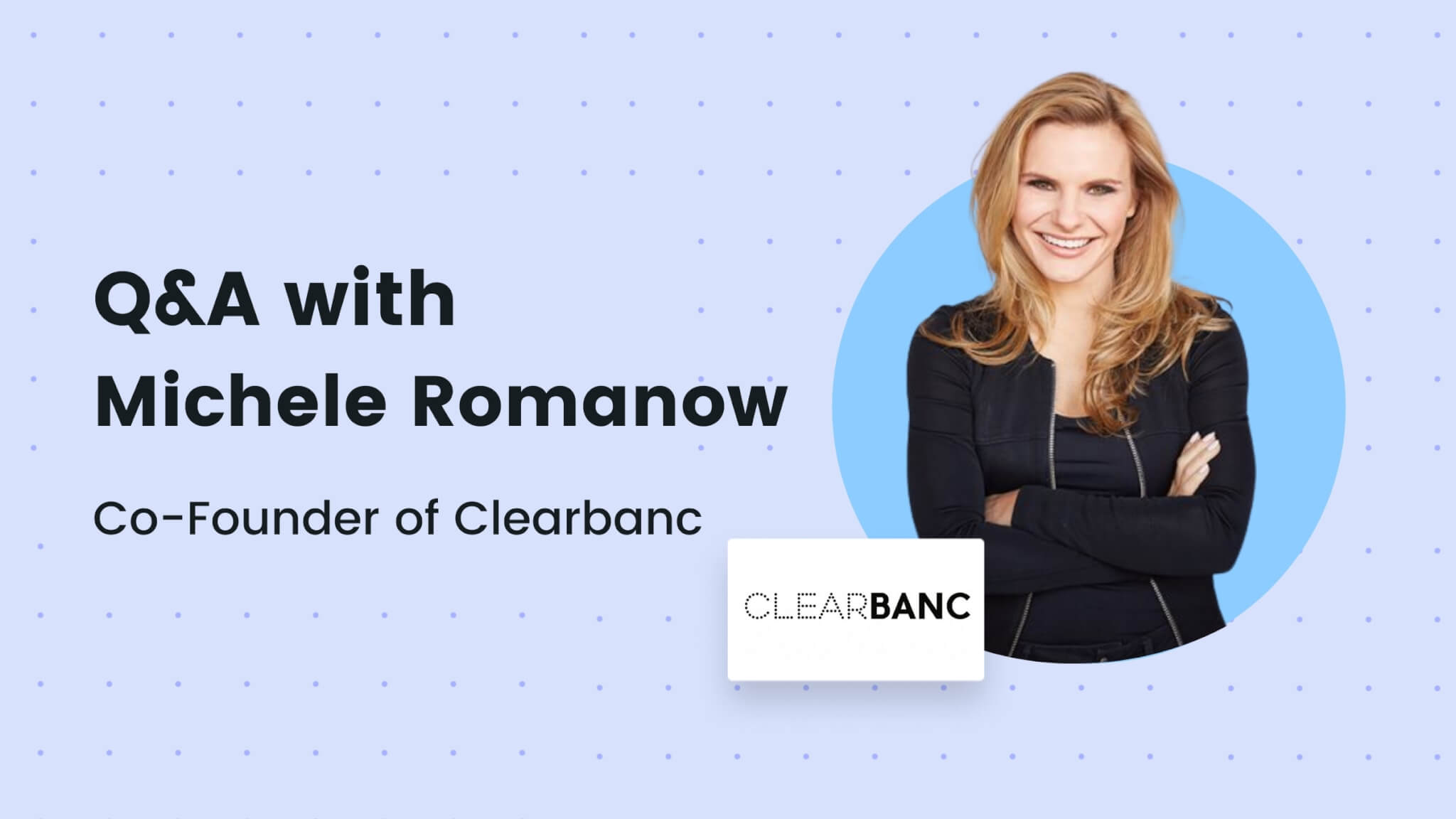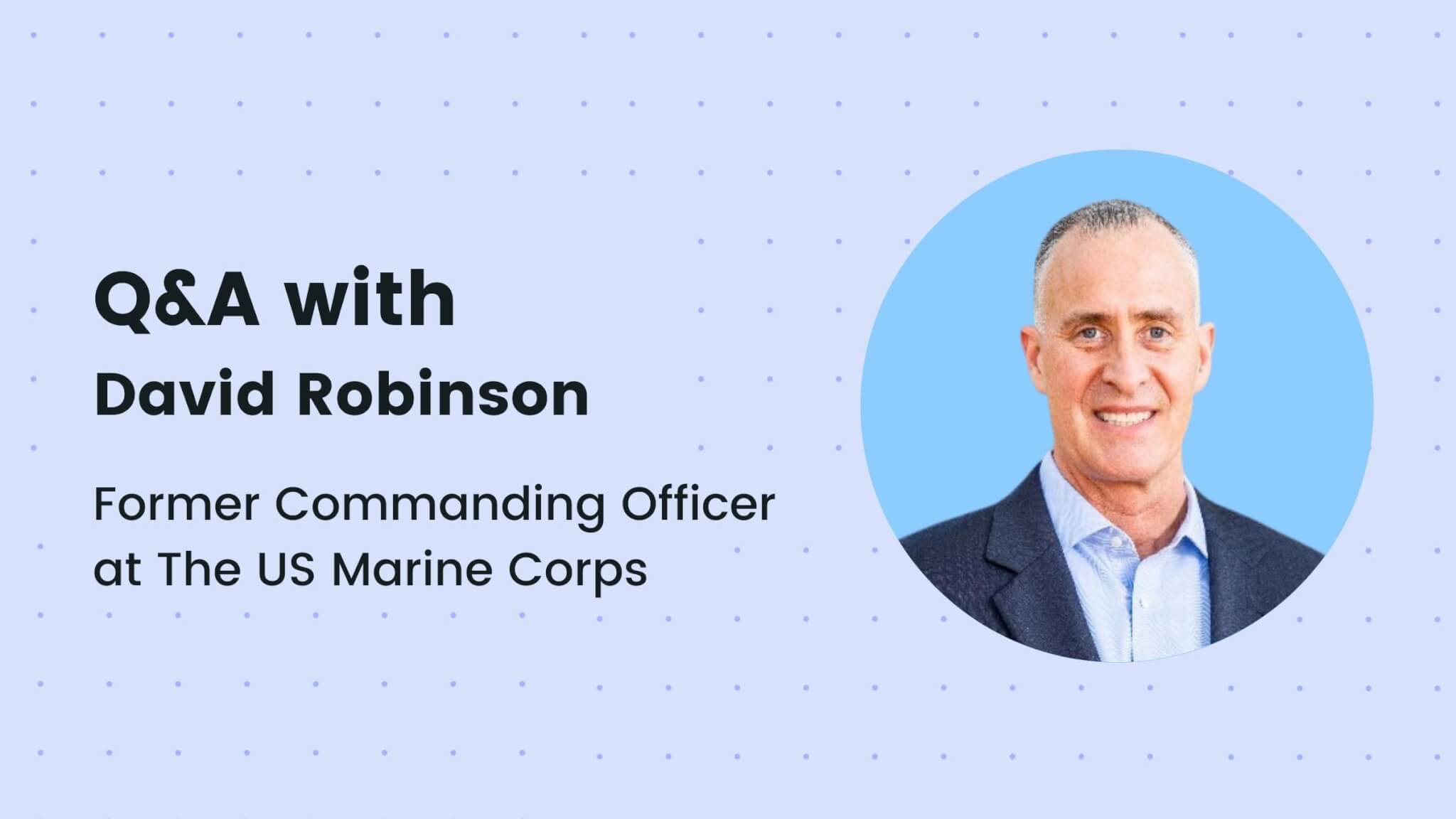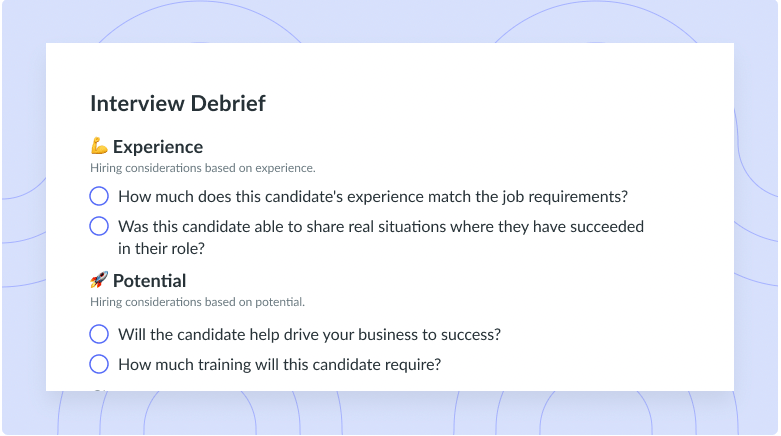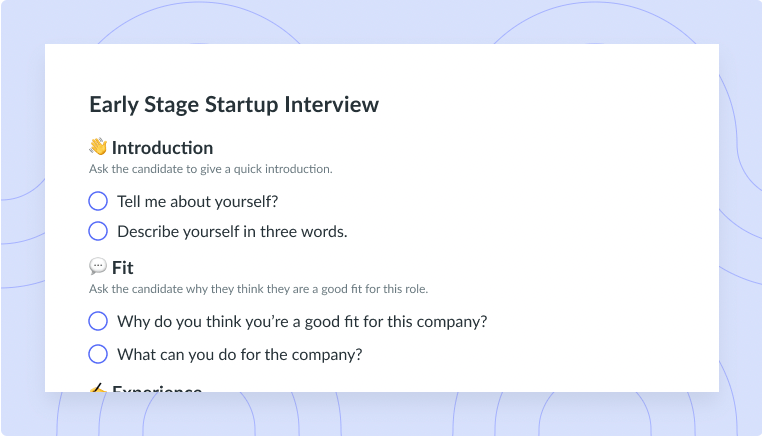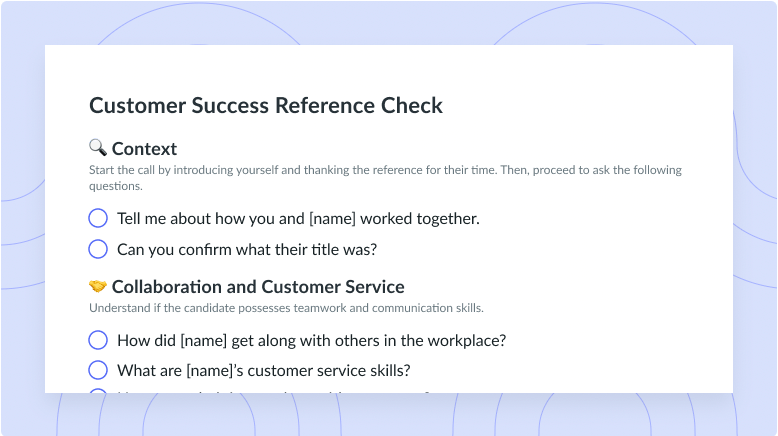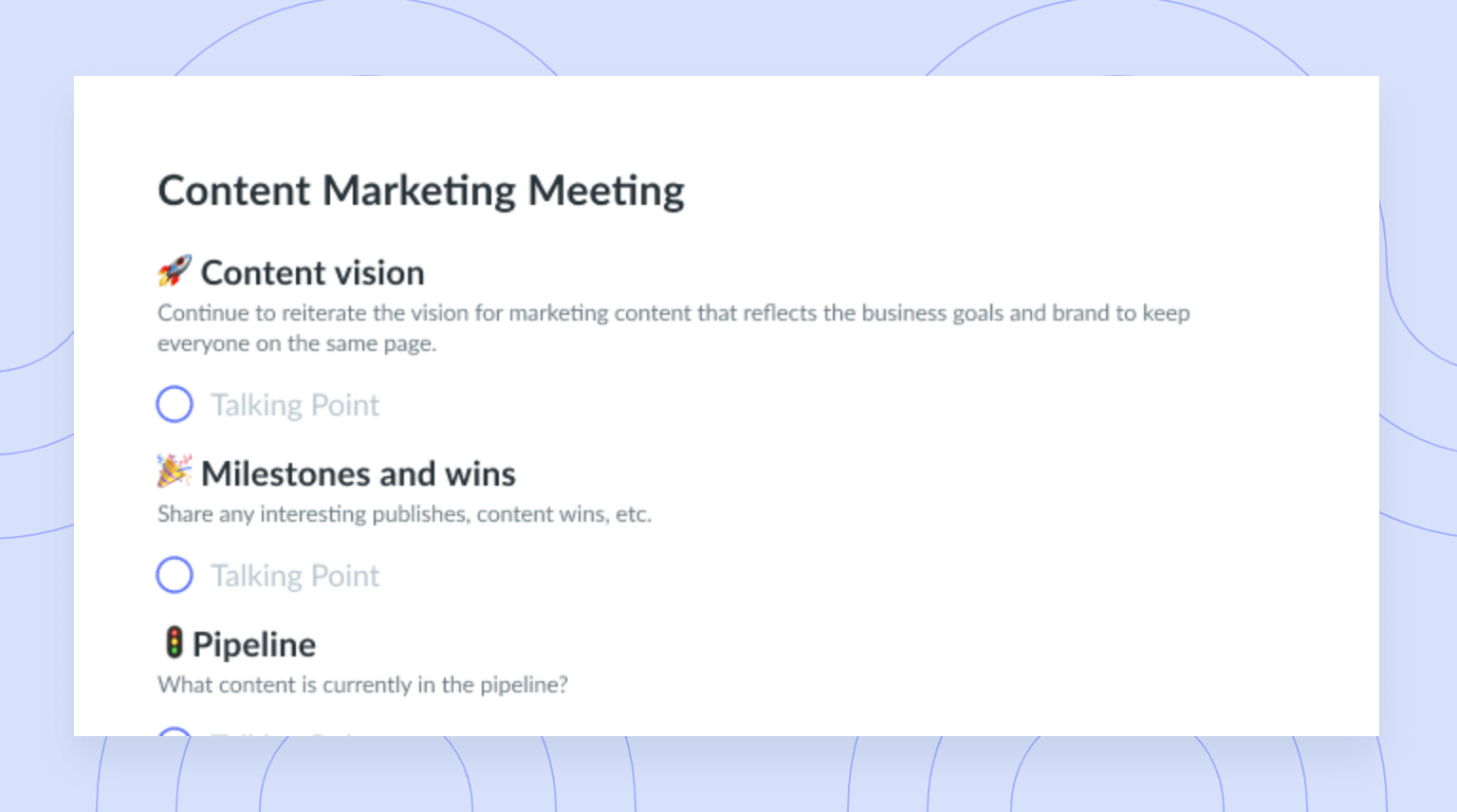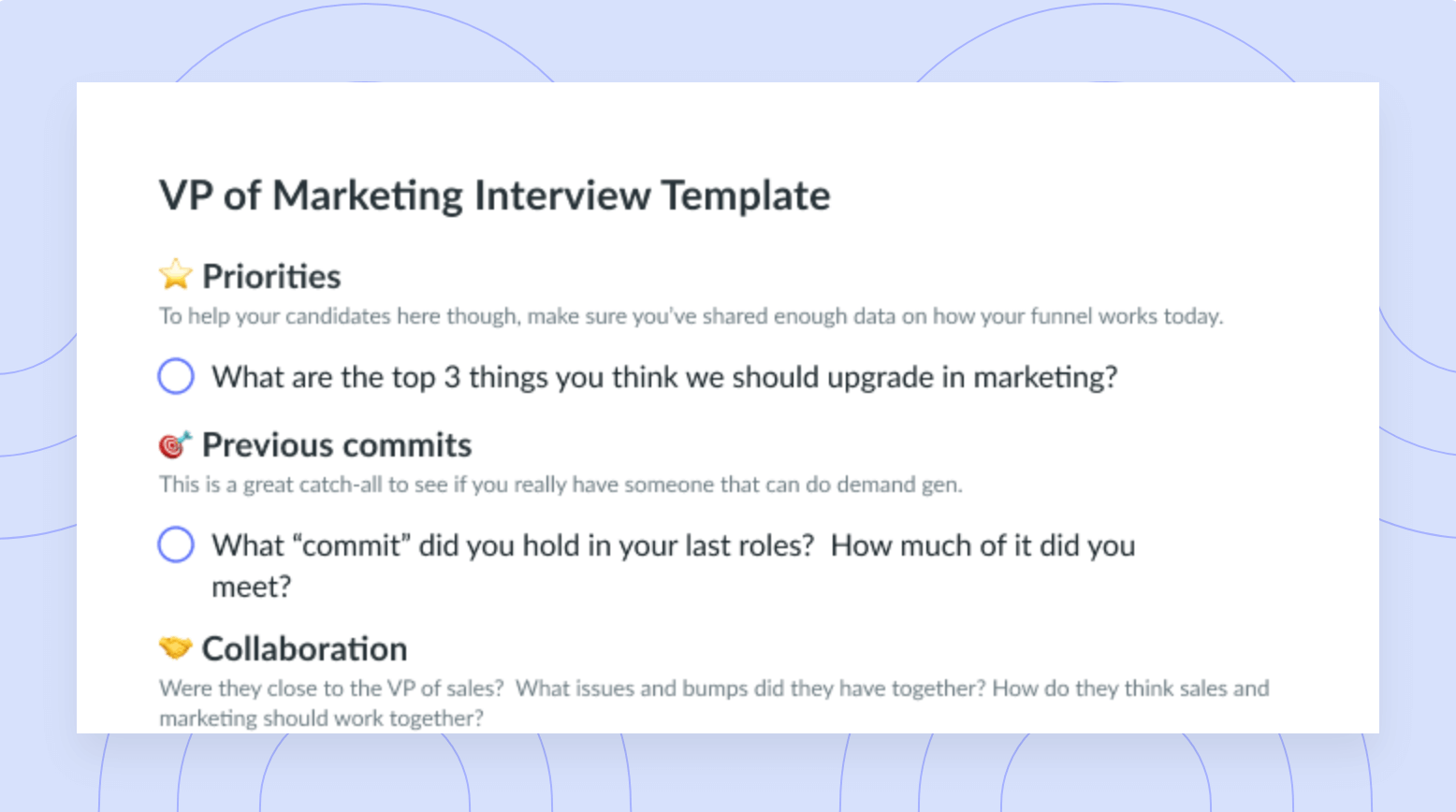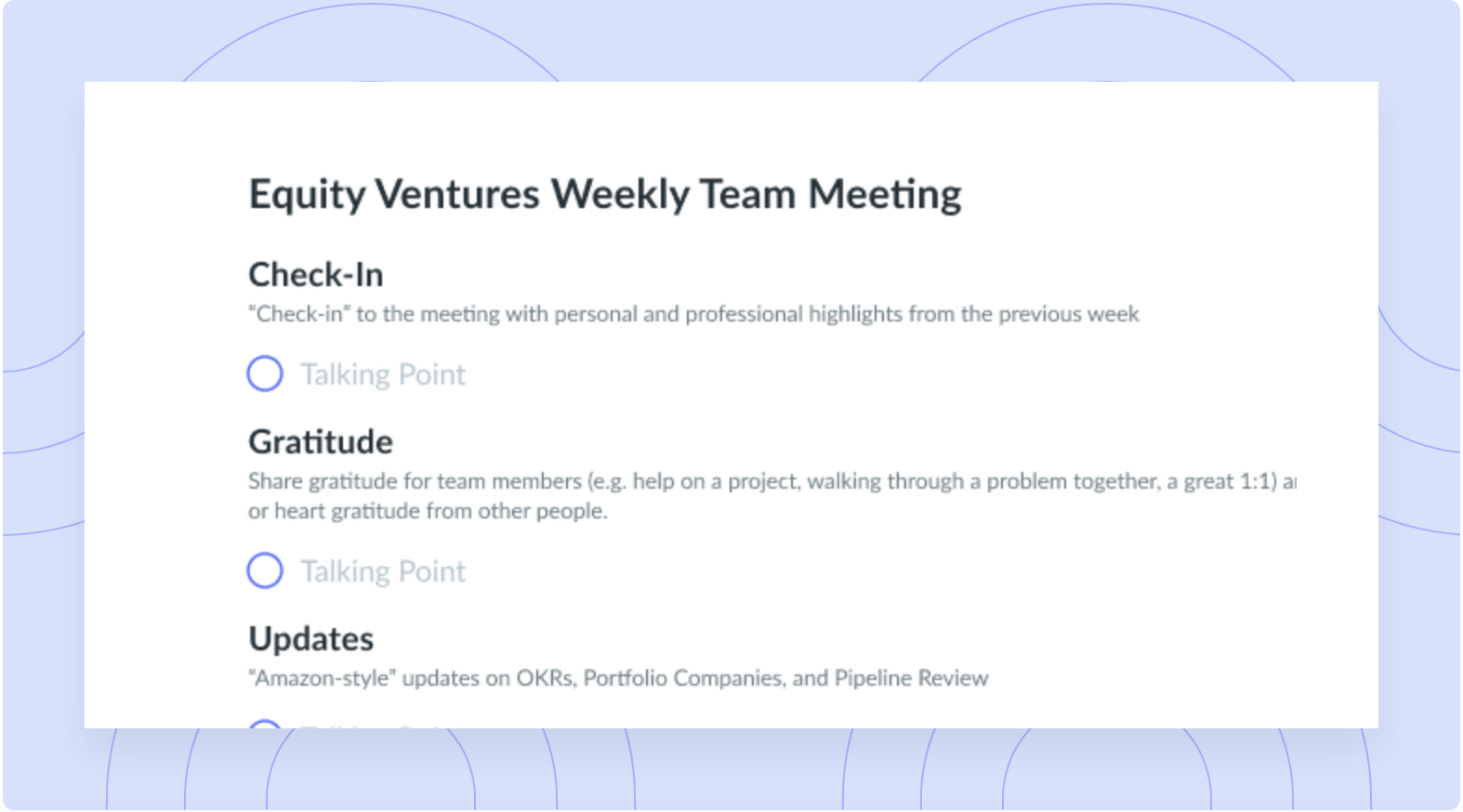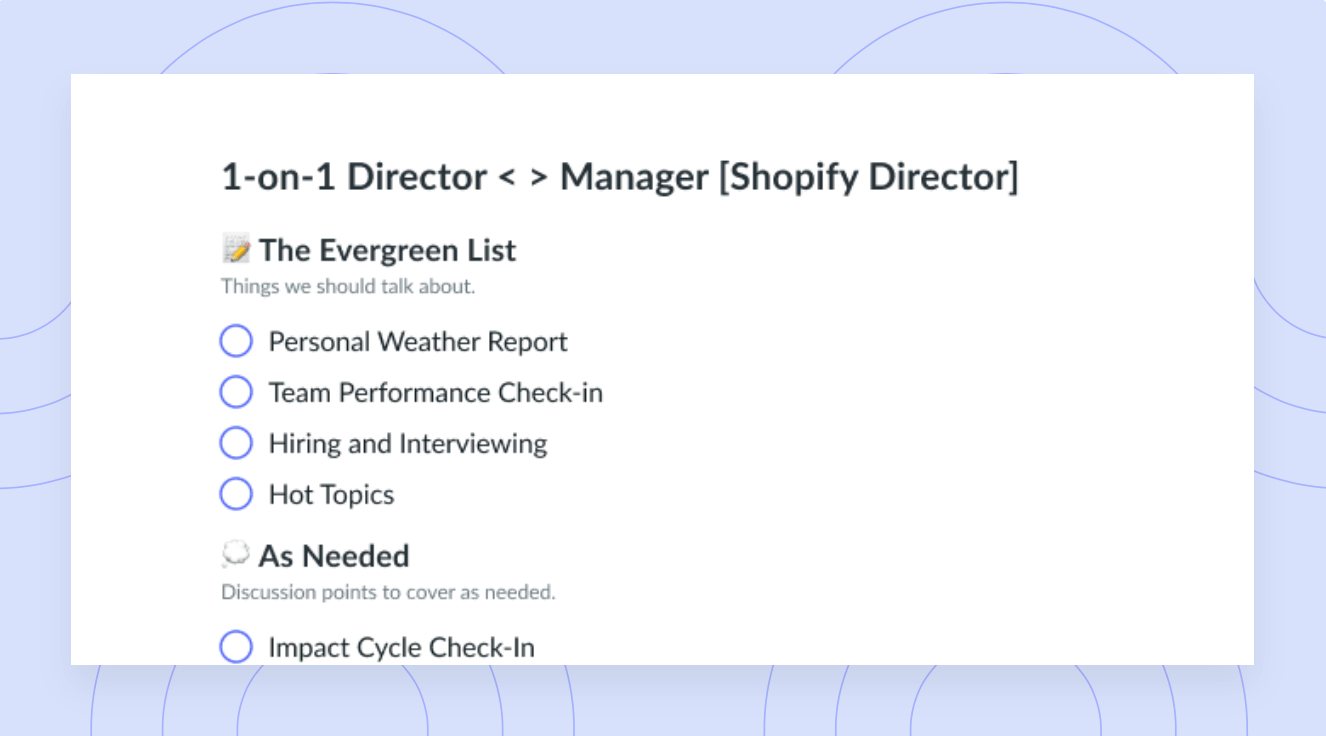Colin Bryar: Unparalleled Insights from The Former Vice President of Amazon
Learn how Colin Bryar improved the hiring process at Amazon through data driven insights.
Colin Bryar was previously known as Jeff Bezos’ right-hand man during his time at Amazon where he served as the Vice President. Presently, Colin is the co-author of “Working Backwards: Insights, Stories, and Secrets from Inside Amazon”.
Listen to this episode (or read the transcript below) to learn how Amazon improved their hiring process by training leadership to identify key characteristics amongst applicants.
1 How many people worked at Amazon when you first started working there?
When I started working at Amazon, it was March of 1998 and we had about 100 people in the corporate area of Amazon and then 400 people additionally. We had two fulfillment centers at this time and customer service teams so about 500 total. The corporate area product development team was small enough where we could have the whole team crammed into one medium-sized conference room so it’s safe to say it’s grown exponentially.
2 What were some mistakes that you may have made early on in your management career?
In the mid-90s when I started to manage people, one mistake I made was not realizing when the best solution to a problem was to hire your way out of that problem. I just didn’t have enough people, and instead of hiring my way out I just kept trying harder or asking my team to do more and realistically you only have 168 hours in a week and sometimes the only way to get more done is to hire more bodies. It can be hard to set aside the time and effort it requires to hire the best candidate but ultimately, it’s the only thing that will help you expand your bandwidth.
3 How do you know when it’s time for outside expertise?
It’s usually when a team or set of people are working on a certain issue and not making any traction. A lot of times the problem can simply be that the problem at hand isn’t well defined. At Amazon, the first thing we do is ask ourselves what the customer problem or set of customer problems are that we are trying to solve. It sounds simple but when you’re pioneering in a new area it can be extremely difficult. Once you understand the problem, and what the challenges to solving that problem are, then it becomes much clearer, and you can move forward with selecting the appropriate resources.
4 Can you elaborate on the bar raiser process that you created?
It’s one of Amazon’s first scalable repeatable processes that allowed the company to transition from a relatively small 100-person corporate company into a fast-growing, large multi-billion-dollar corporation. This process has a couple of components with the first being behavioral interviewing which is essentially examining candidates and determining if they possess the qualities or principles that can be found amongst leaders within the organization. We then take this information and predict future performance. The second element is the interviewing process which is a data-driven exercise where each of the interviewers are assigned a set of Amazon leadership principles that they must use to vet the candidate. They have a specific job going into the interview which is to get data for a subset of information about that candidate and then it all comes together at the debrief where we assemble all the pieces to the puzzle.
5 Do you leave it up to each interviewer to decide how they identify leadership principles?
There is a knowledge base in your question bank that you can use or gain inspiration from. When you first start to interview, you’re paired with an experienced interviewer, so you get some guidance along the way. Intertwining leadership principles into interviewing is also a teachable skill which is fantastic. Ultimately, I tell everyone that they have to go into the interview knowing what they have to come out with, and you have to have a plan of action for how you’re going to get that information rather than simply just asking somebody about their resume.
6 Some might compare your leadership principles to values. Is that correct?
Everyone is a leader and your company’s common core values are your leadership principles. It really defines who you are, and employees at your company or in your group should be able to make decisions in your absence based on the information within your company’s core values.
Amazon has had remarkably consistent types of decisions and behaviors across a wide variety of businesses because they all fall on the back of the 14-core leadership principles. When Jeff Bezos or the other senior leaders aren’t in the room, they are still able to make tough calls based on information. That can be derived from the leadership principles.
7 What is the point of hosting a weekly Business Review?
Dashboards can be useful, but I think the power that weekly business reviews hold is having the ability to have a consistent end to end look at the activities within your company or organization. A single metric doesn’t tell the whole story and you often need a group of metrics to paint a clear picture of what’s happening, and it helps everyone within the team garner a global view. Dashboards present a very specific metric or viewpoint, and it can be difficult to derive takeaways from that because the landscape or problem is ever changing and that’s where the business review comes in.
8 How do you steer everyone in the same direction at a large organization?
There’s a concept of the flywheel. Jim Collins introduces it in his book titled Good to Great, but Amazon has a flywheel that’s all about the customer experience vectors that I have to work on and if I do these things over a long period of time, it’s going to yield the right output metrics for the business. I recommend that everyone try to figure out what their flywheel is for their respective organization and then make sure everyone understands that it’s an extremely powerful alignment tool.
9 Do you have any tips, tricks, or words of wisdom for managers or leaders that are looking to get better at their craft?
Having mentors, whether they work at your company or not is a huge value add because they act as a sounding board. Having someone you trust and rely on is invaluable. Another piece of advice that Jeff Bezos told me was to seek out effective leaders that are like you and try to emulate them. Don’t try to emulate a great leader that is not like you because it will come across as fake or not genuine. You can’t become someone you aren’t. You have to seek out leaders that have similar traits to your own and try to identify and emulate what makes them great.
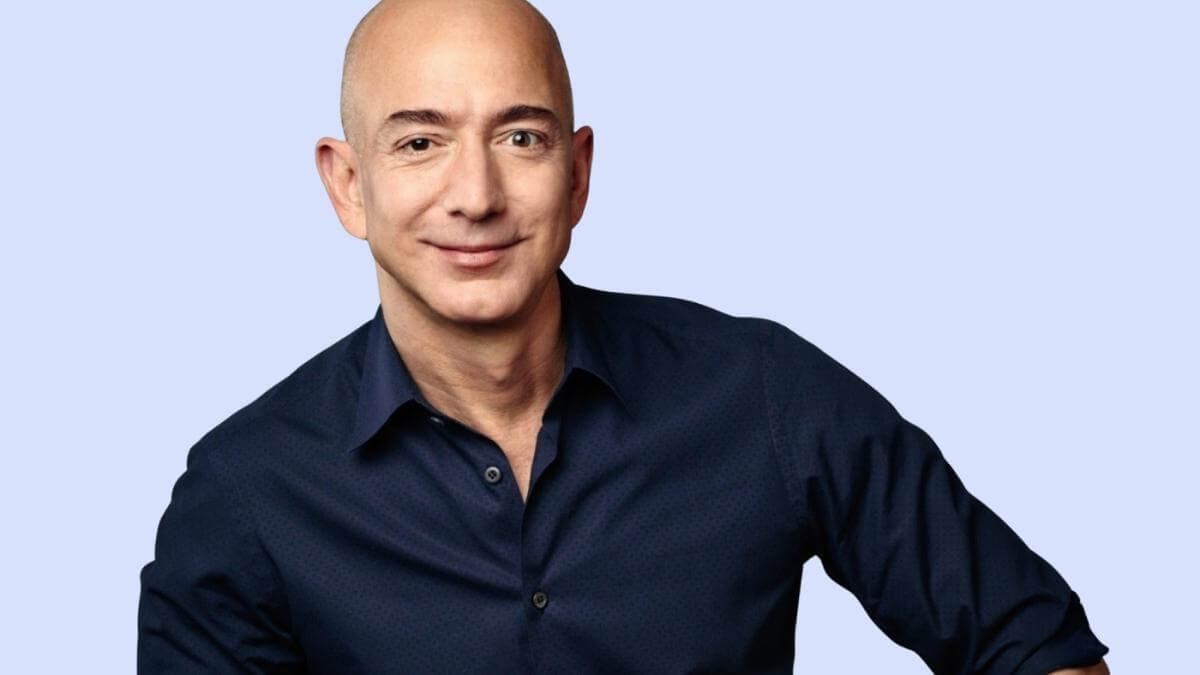


![A Guide to Taking Good Interview Notes [+Free Templates]](https://fellow.app/wp-content/uploads/2023/09/interview-notes.jpg)
![Helpful Advice for CTOs [Approved by Experts!]](https://fellow.app/wp-content/uploads/2022/10/Helpful-Advice-for-CTO.jpg)
